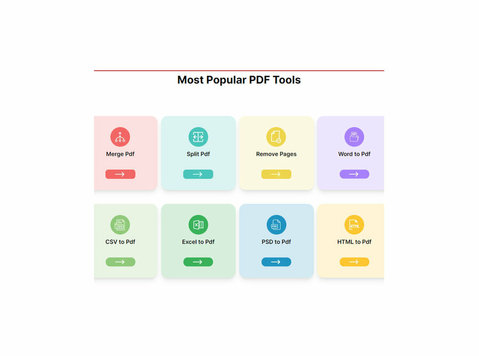Posted in: Classes > Other in Pakistan | Posted: |
Bitcoin (BTC) technical analysis involves examining the historical price data, patterns, and indicators to make predictions about future price movements. Please note that my knowledge is up to date only until January 2022, so I cannot provide real-time information or predict current market conditions. However, I can offer a general framework for performing technical analysis on Bitcoin or any other cryptocurrency:
1. Price Charts: Start by examining price charts. The most commonly used timeframes are daily, weekly, and hourly. You can use various charting platforms and tools to view historical price data. Some popular chart patterns include line charts, candlestick charts, and OHLC (Open-High-Low-Close) charts.
2. Trends: Identify the current trend in Bitcoin's price. A trend can be bullish (upward), bearish (downward), or sideways (range-bound). Trendlines can help you visualize these trends.
3. Support and Resistance Levels: Look for key support and resistance levels. These are price levels where Bitcoin has historically struggled to move past (resistance) or has found buying interest (support).
4. Moving Averages: Use moving averages to smooth out price data and identify trends. Common choices include the 50-day and 200-day moving averages. Crossovers of short-term and long-term moving averages can signal trend changes.
5. Relative Strength Index (RSI): RSI is a momentum oscillator that measures the speed and change of price movements. It ranges from 0 to 100 and is used to identify overbought or oversold conditions.
6. MACD (Moving Average Convergence Divergence): The MACD is a trend-following momentum indicator. It shows the relationship between two moving averages of Bitcoin's price.
7. Fibonacci Retracement Levels: Fibonacci retracement levels are used to identify potential support and resistance levels based on the Fibonacci sequence. Traders often use these levels to identify potential reversal points.
8. Candlestick Patterns: Study candlestick patterns to understand the psychology of market participants. Patterns like doji, hammer, engulfing, and shooting star can provide insights into potential reversals.
9. Volume Analysis: Analyze trading volumes to confirm price movements. Increased volume during a price breakout or breakdown can indicate the strength of a trend.
10. News and Events: Keep an eye on news and events that might impact Bitcoin's price. Significant news can lead to sudden price movements.
11. Divergence: Look for divergence between the price and oscillators like RSI or MACD. Divergence can signal potential trend reversals.
12. Timeframes: Consider multiple timeframes for a more comprehensive view of Bitcoin's price action. Short-term and long-term perspectives can help you make better-informed decisions.
It's important to remember that no technical analysis method is foolproof, and cryptocurrency markets can be highly volatile and unpredictable. Additionally, market sentiment and external factors, such as regulatory developments and macroeconomic events, can have a significant impact on Bitcoin's price.
It's also advisable to combine technical analysis with fundamental analysis and risk management strategies when making trading or investment decisions in the cryptocurrency market. Additionally, consider staying updated with the latest news and developments in the cryptocurrency space, as they can have a significant impact on market dynamics.
Contact this advertiser






